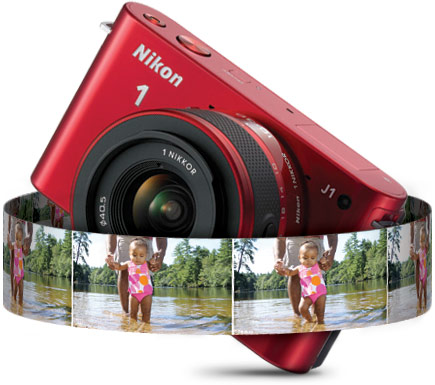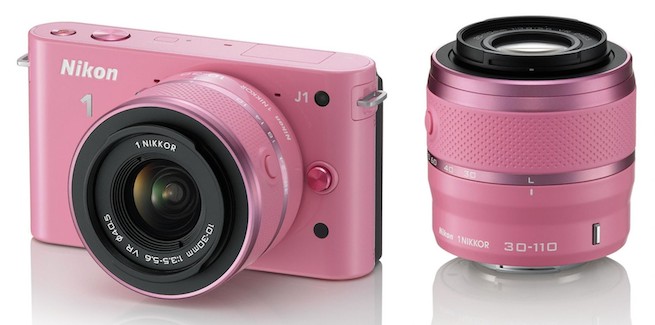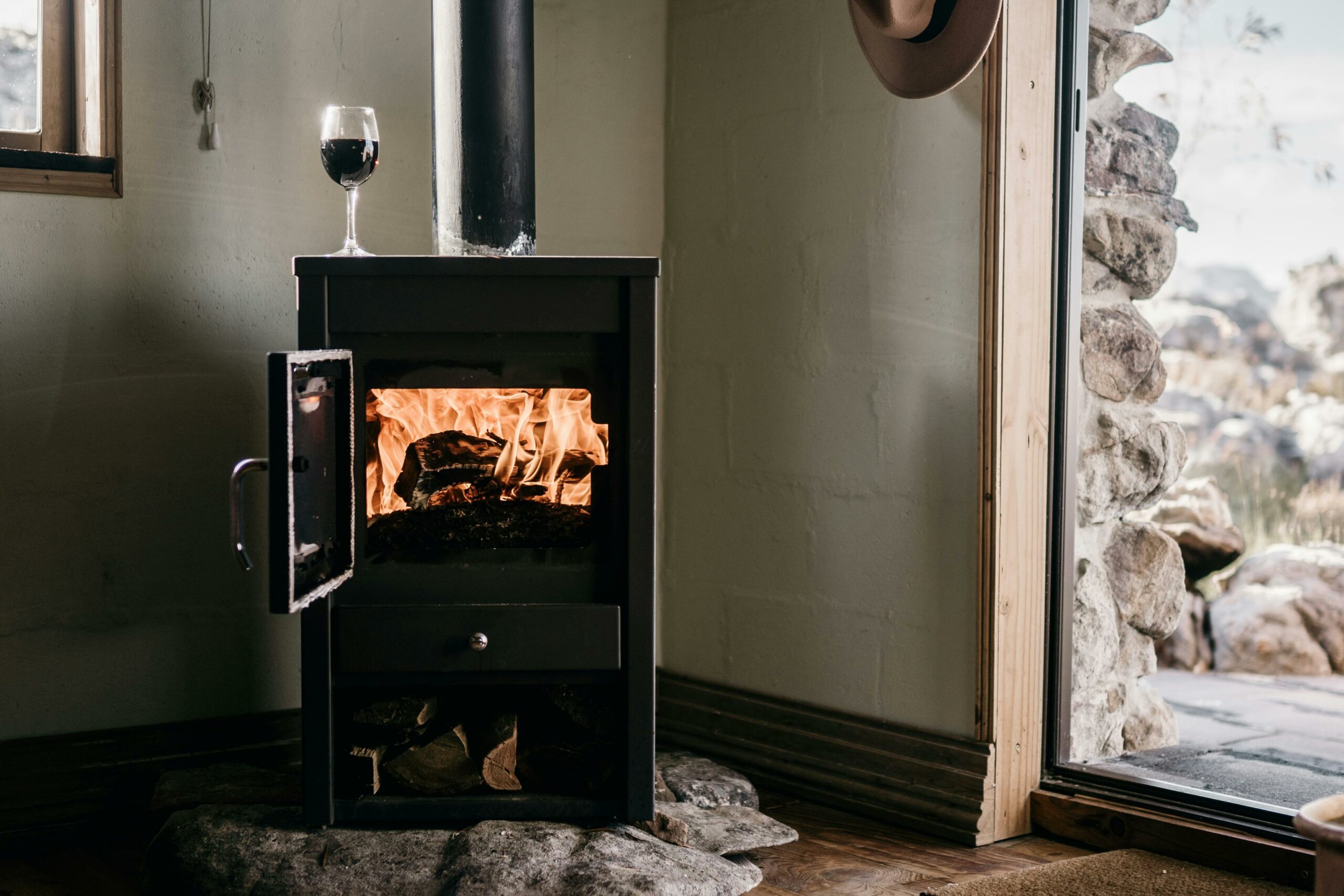Back in 2008, Panasonic launched the first mirror less digital compact system camera, and it took Nikon around three years before they unveiled their offering, the Nikon 1 J1 camera. Was the wait worth it?

There are two models in the Nikon 1 range, the Nikon 1 J1 – the entry level – and the considerably more expensive Nikon 1 V1.
Both the J1 and the V1 have a 10.1 megapixel CMOS sensor, but while the V1 boasts an electronic viewfinder, the J1 lacks this. The J1 also has a lower resolution LCD screen. Let’s look in more detail at the J1 and see what you get for your money.
The CMOS sensor on the Nikon 1 series measures 13.2 mm x 8.8 mm, which Nikon classify as a ‘CX’ sensor. The majority of the DSLR cameras use the APS-C sensor, which is approximately three times the size of the Nikon CX, while most compact cameras use a sensor roughly a quarter of the size of the CX. The Micro Four Thirds sensors fall just about midway between the CX and APS-C sensors.
The J1 does have a built-in flash, but this is limited by the electronic-only shutter, which gives a maximum flash sync speed of 1/60 second. There is no hot shoe available on the J1, so you’re limited to the built-in flash.
The Nikon J1 gives the user the choice of storing images as compressed JPEGs or RAW files, with JPEG quality selectable as Fine, Normal and Basic. The ISO sensitivity covers the range 100 – 3200, although there is a ‘Hi 1’ setting which extends this to ISO 6400.
The standard PASM shooting modes – Program, Aperture priority, Shutter priority and Manual – are available, although, disappointingly, these are not individually accessible through the shooting mode dial. Instread, they are compressed into a single icon and to get to each you’ll need to go through the in-camera menu – not the neatest solution.
On the other hand, the shooting mode dial does offer two new programs – Motion Snapshot and Smart Photo Selector. Of the two, the latter is by far the more useful, as it automatically takes 20 shots when selected and then discards all but the five best, from which you can decide which to retain.

Motion Snapshot takes a short video – around one second – each time a still image is taken. Playback is in slow motion (around half speed), and while it could provide a context around an image, its usefulness is debatable, except as a gimmick.
The bottom line? The Nikon J1 is a good camera, aimed more at the point-and-shoot user than the serious photographer, but it is pricey for what it offers.










